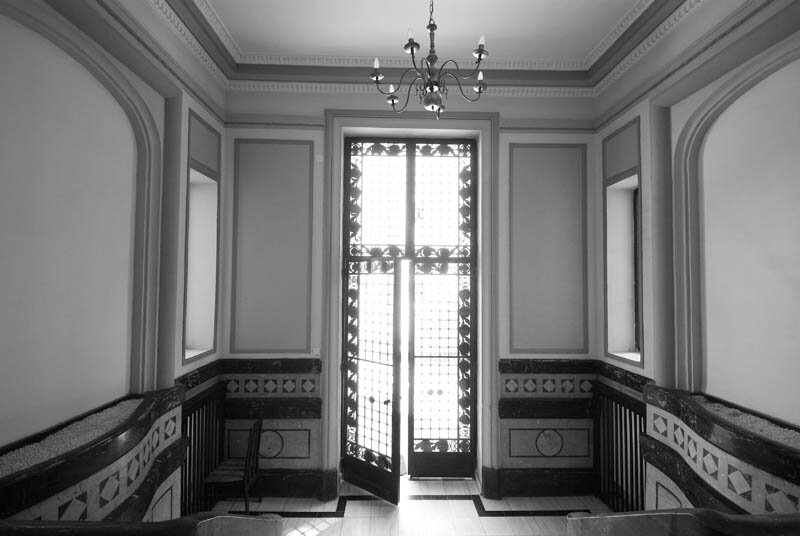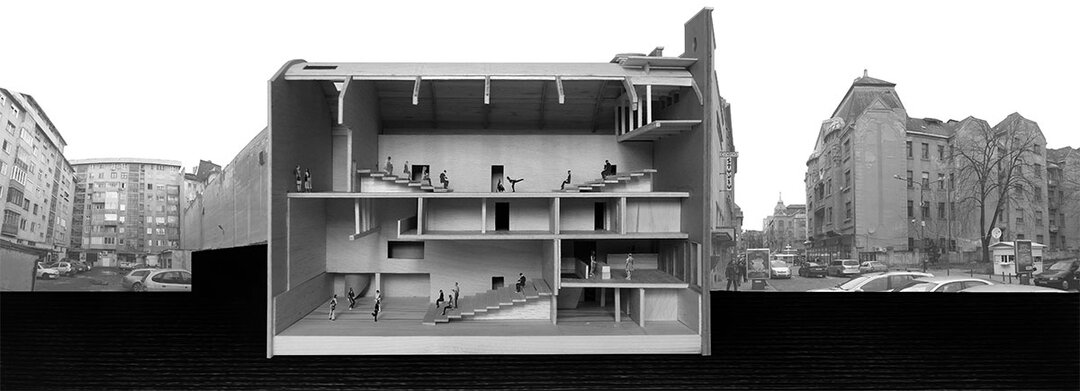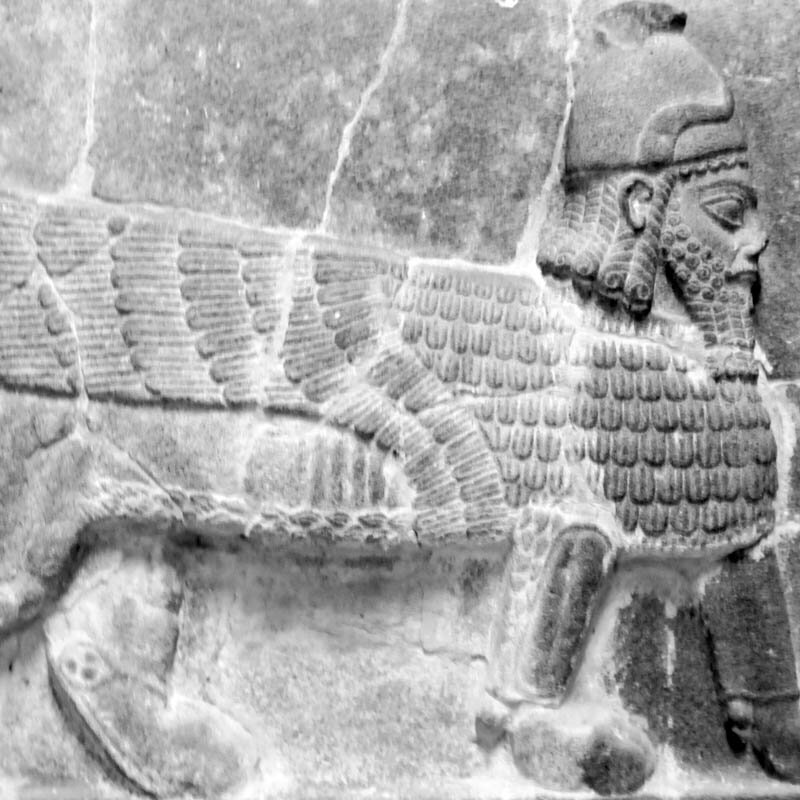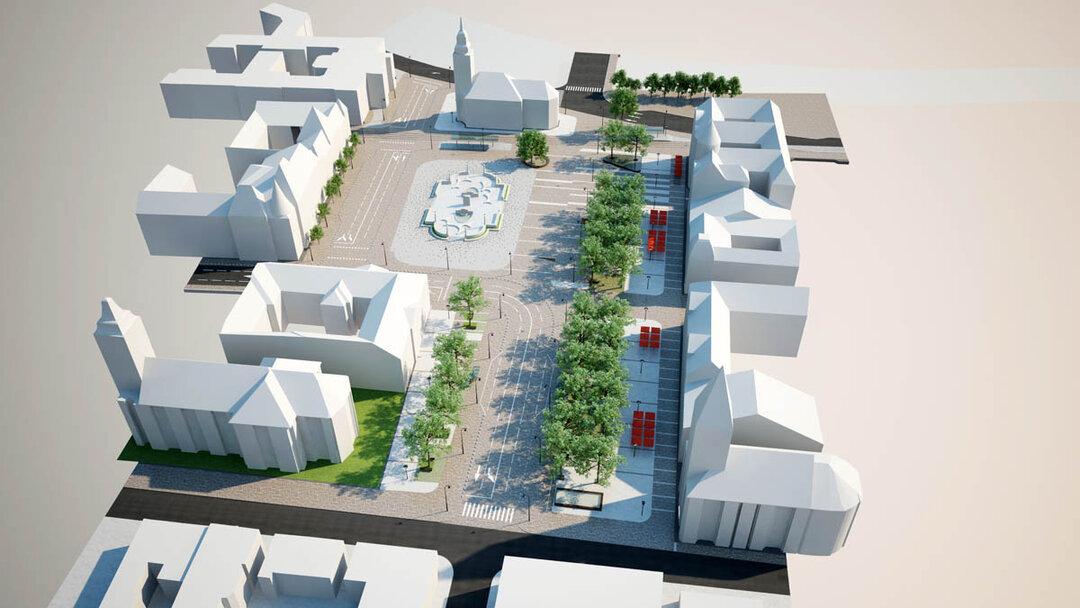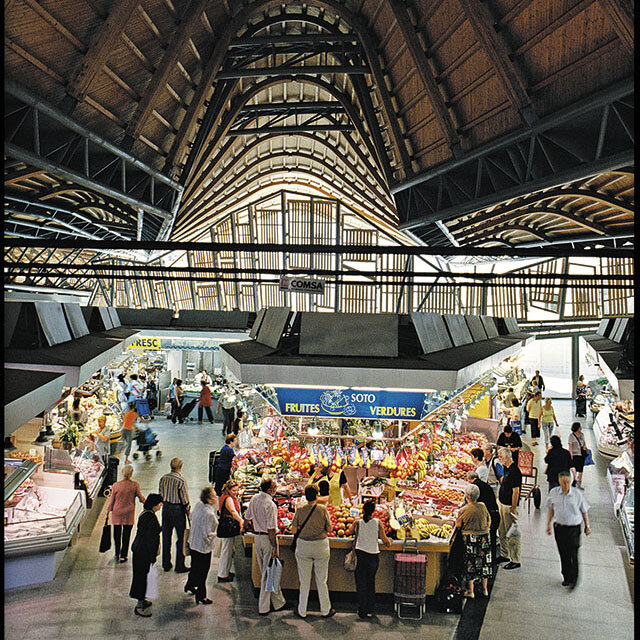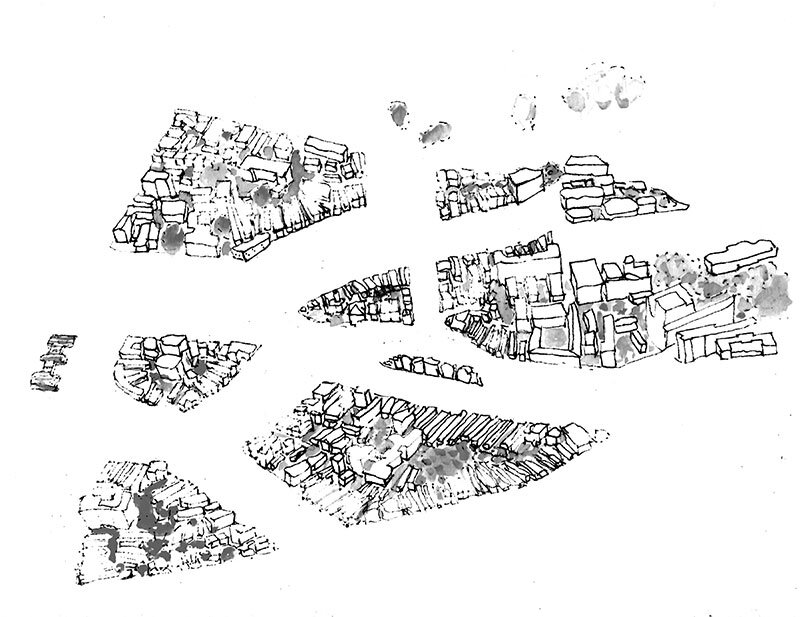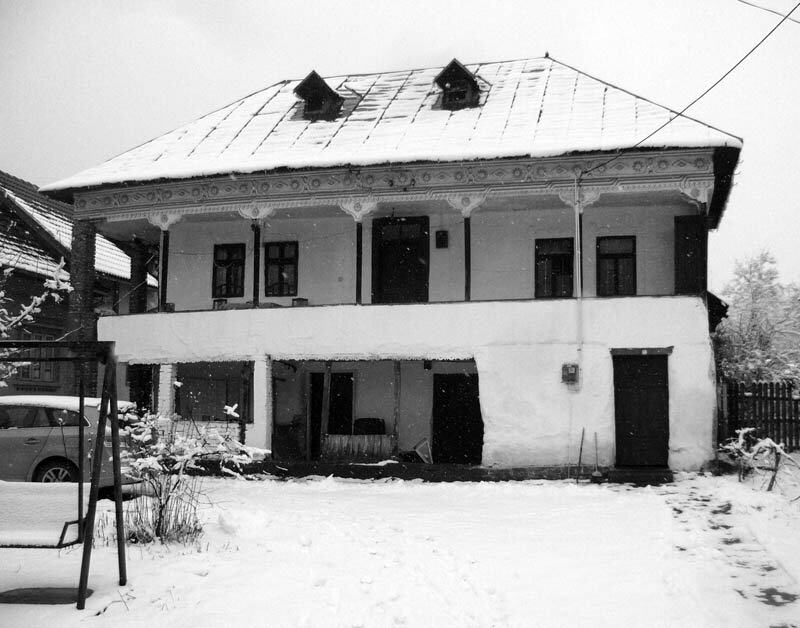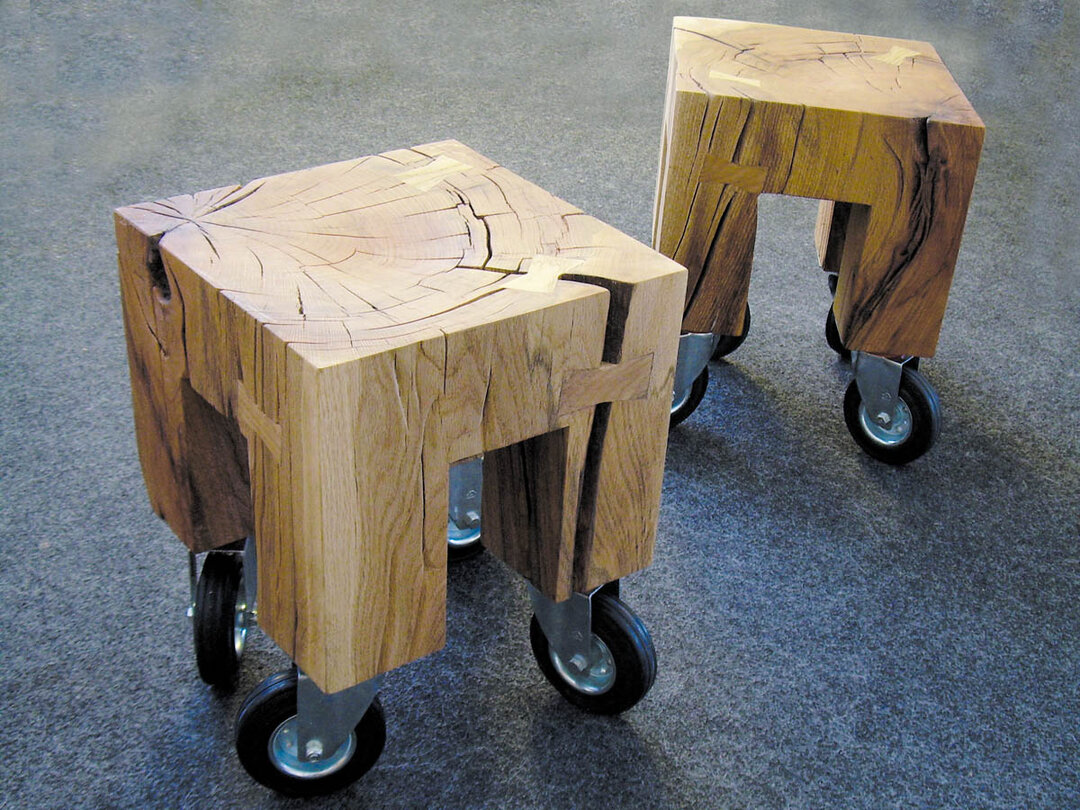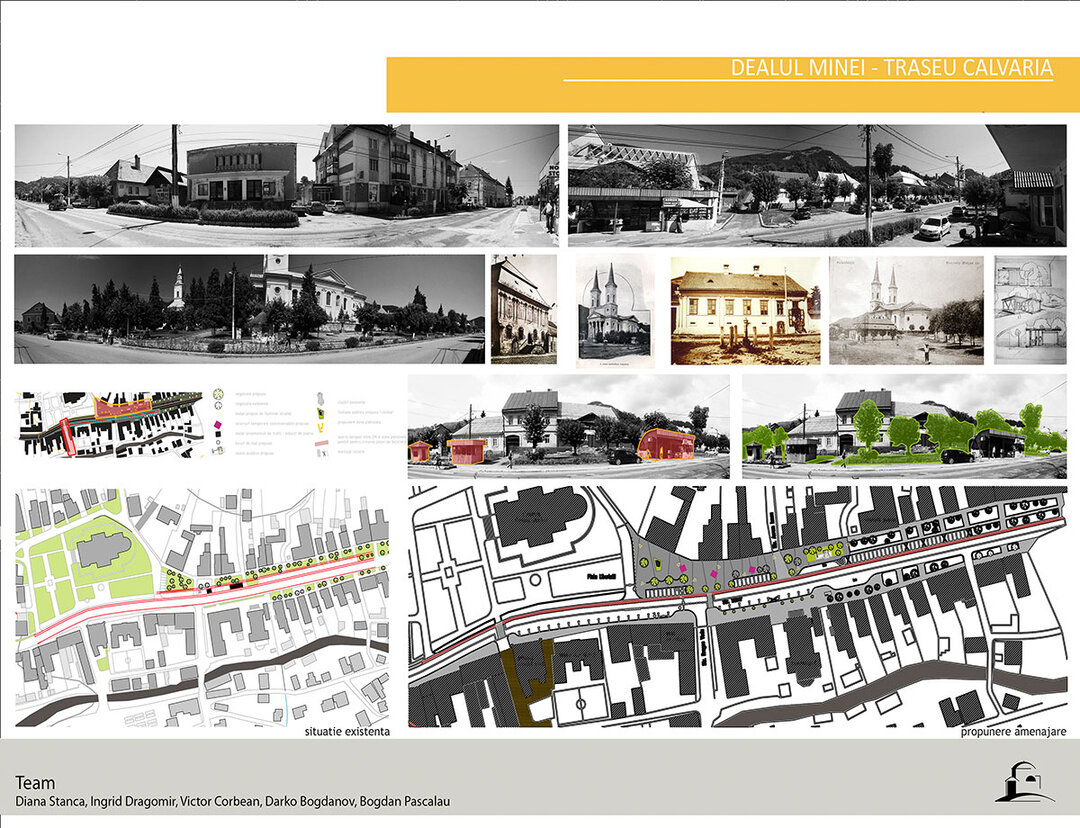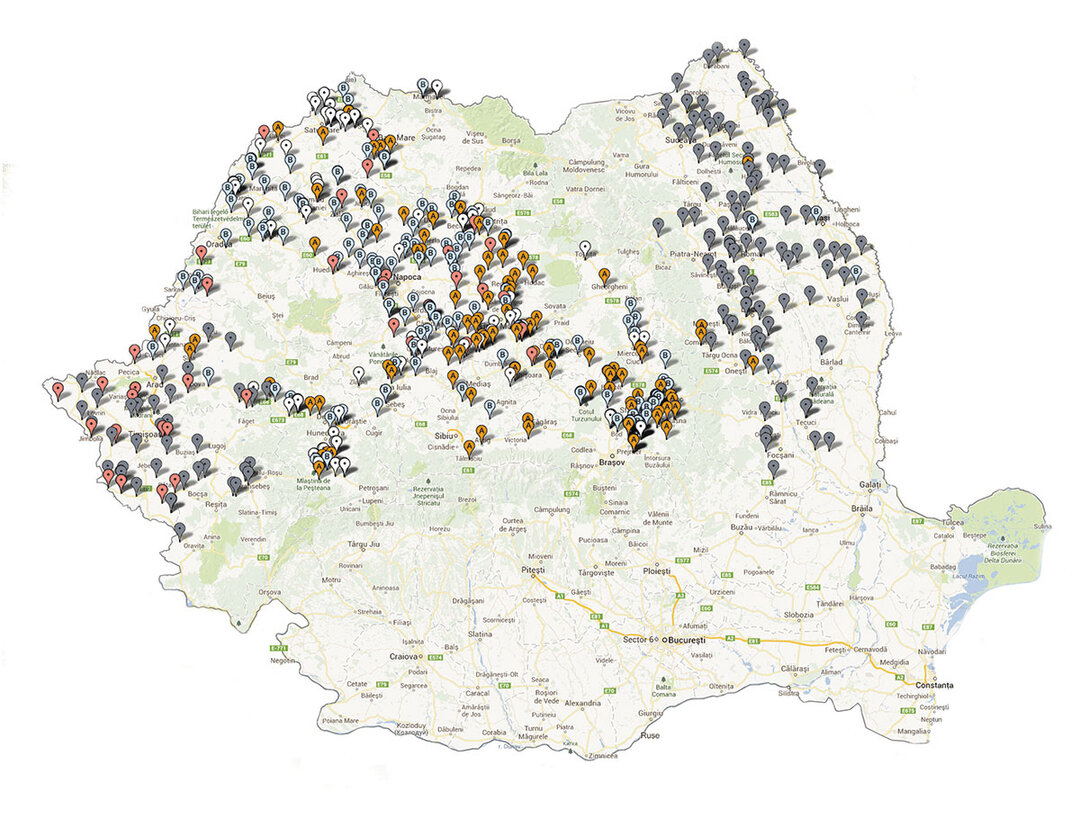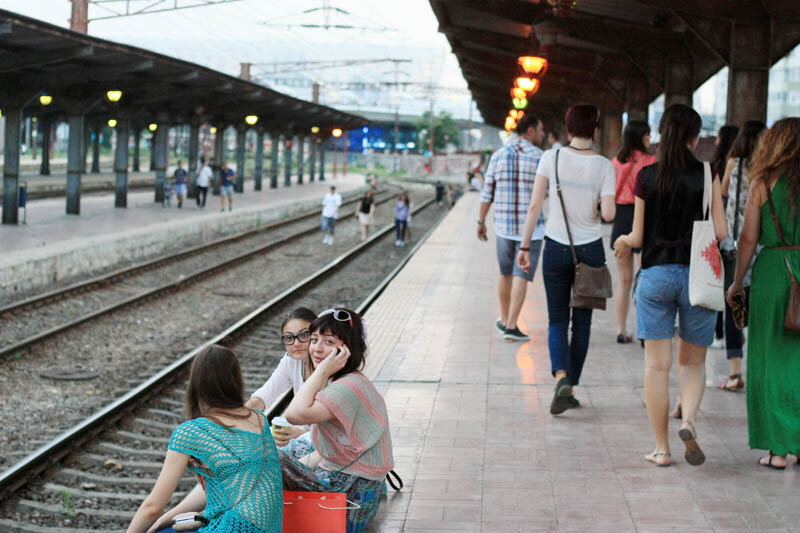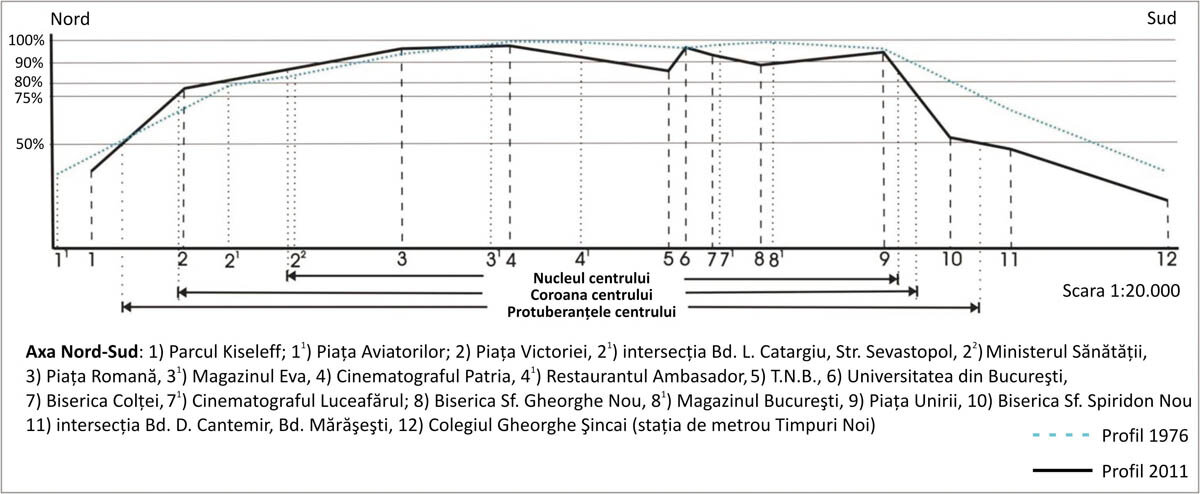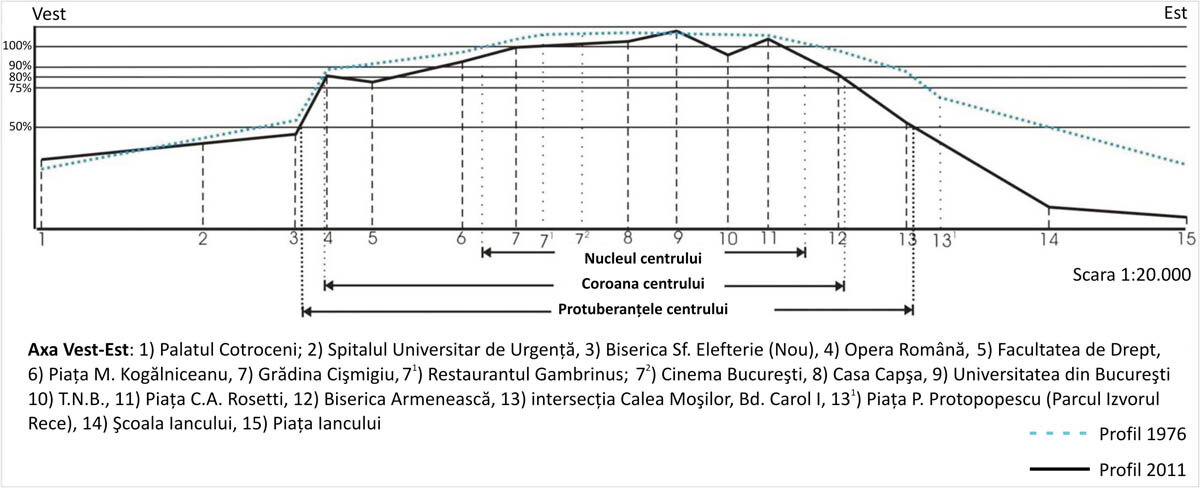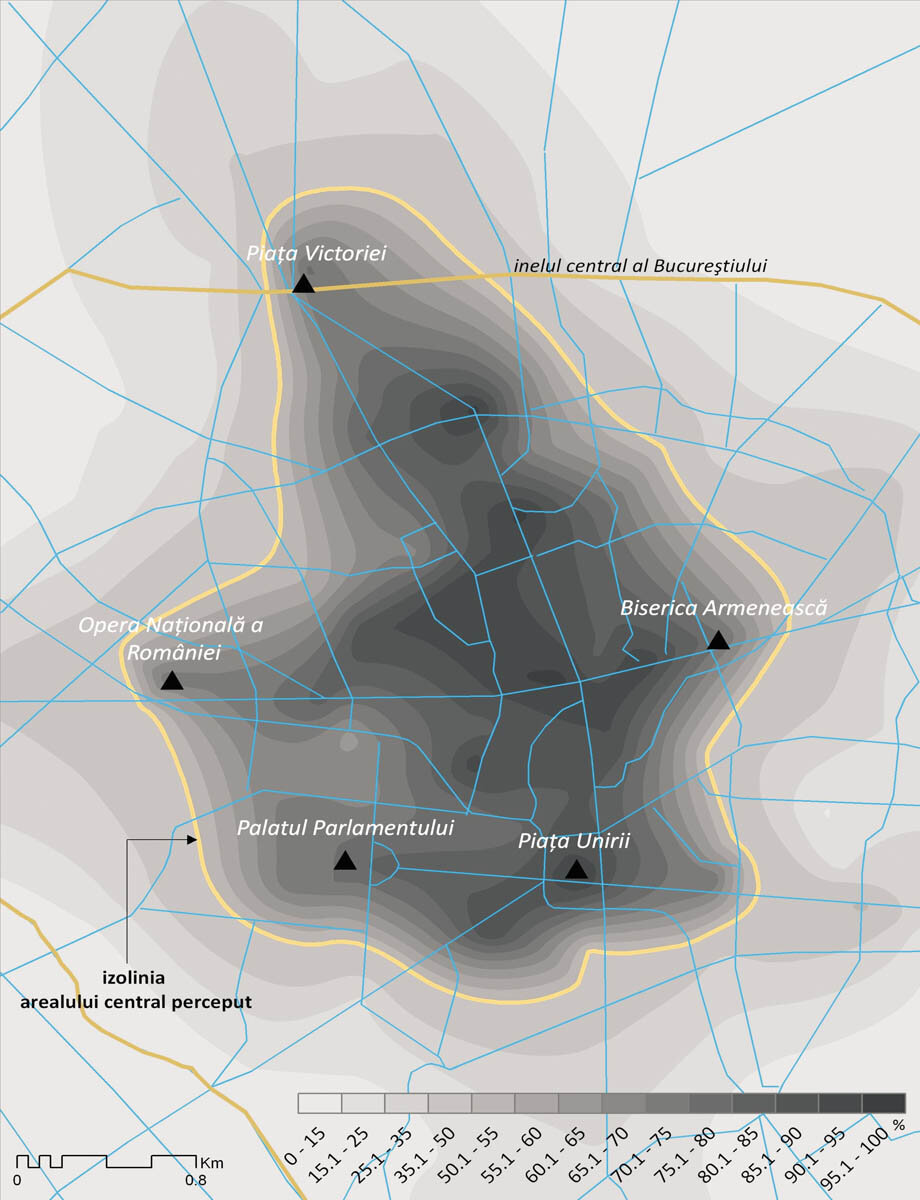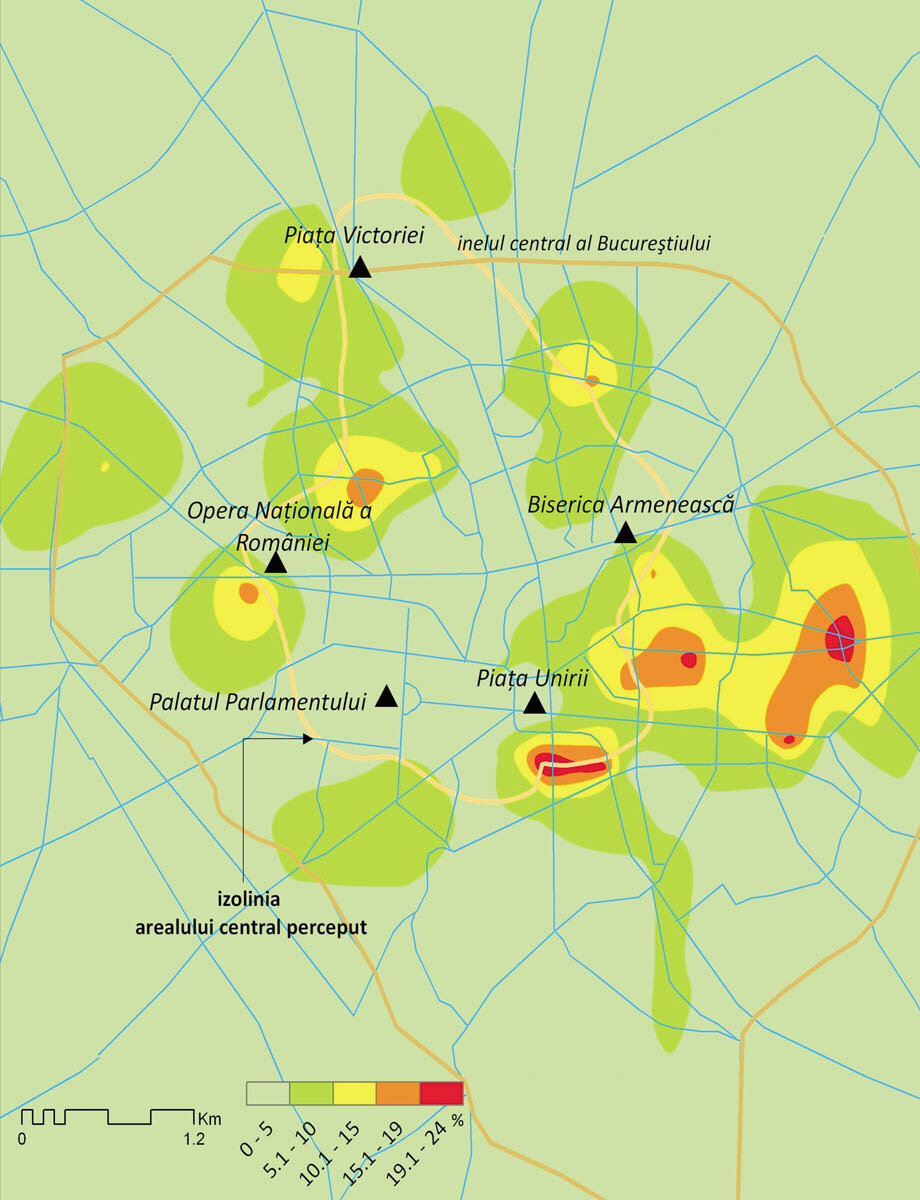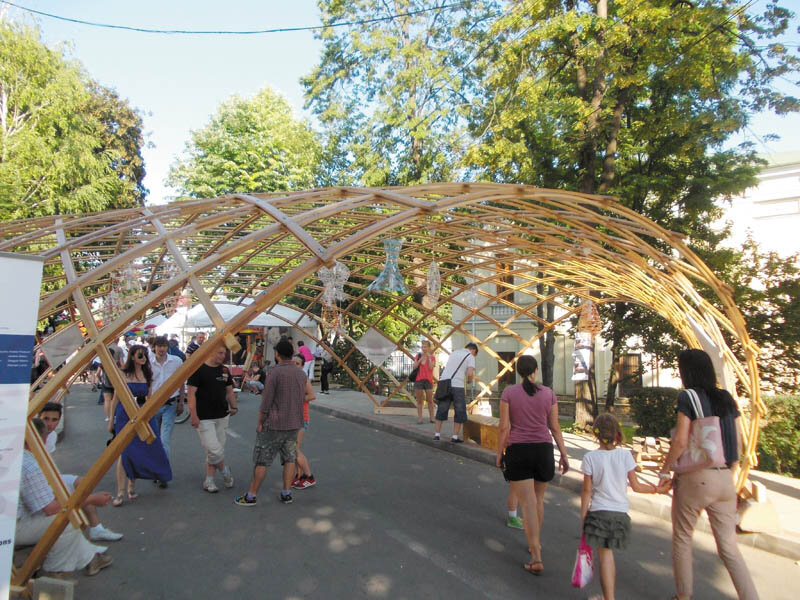
Where is the center of Bucharest? The same question since the 1970s
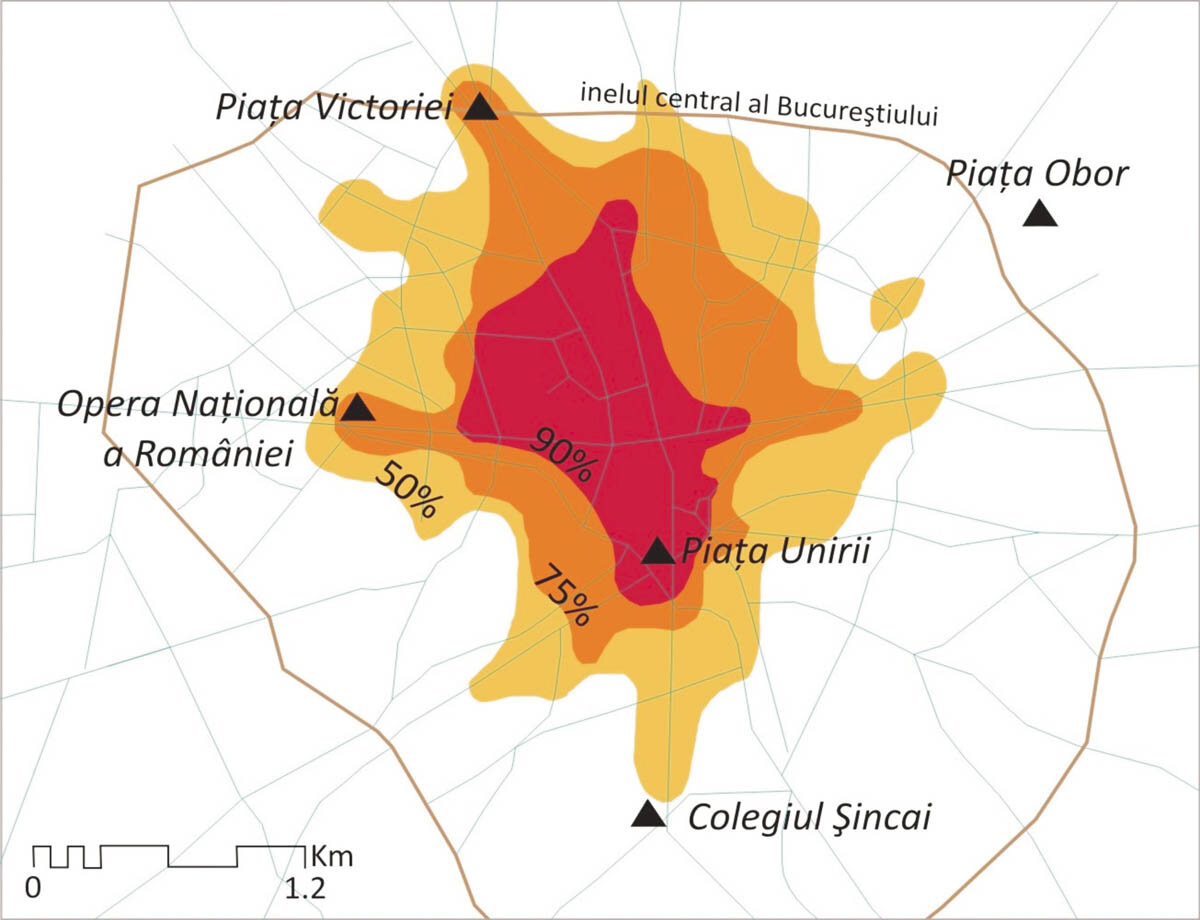
Regardless of the size, structure and morphology of the city, the center is a place of social interaction, of the overlapping of daily routes, omnipresent in the lived space of the individual and going through various historical stages of reconfiguration. The center appears to its inhabitants as the most clearly defined part of the city, after their own neighborhood or area of residence.
In the collective mind, it is often the anchor point for designing a mental map of the city's route and orientation. In everyday language, the center is frequently used, which denotes its awareness and its location within the urban structure.1 The center is a cognitive construct formed by direct reading of space, individual by individual and collectively. Overlapping experiences, behaviors and feelings are clustered in time and space, germinating a metamorphosed and crystallized urban structure, well articulated in the collective mental representation. It becomes an element of reporting, especially in the case of the Capital, where the identity structure takes shape through local, regional and national landmarks. The multiplicity of cultural, institutional and economic objectives means that this space is densified with landmarks, nodes and paths that give a distinct personality to urban routes. The need to break out of anonymity means that landmarks find a variety of visual solutions, ranging from architectural style, chromatics, height, alignment, to logos that leap out in front of the passer-by to be included in the process of representing his mental maps.
Geography of centrallandmarks in comparative perspective: 1970 and 2011
The analysis of the city center is a long-standing one and often returns to the researchers' problematic. In the perspective of the evolution of the city, there is a reconfiguration of the image of the center from one historical stage to another, as a normal response of the social construct. The collective mental construct of the image of the center is the element of recognition of belonging to a social group living on a common territory. In 1977, the generation of a new Civic Center through political intervention was intended to be a mark of cultural-scientific progress. Studies on the perception of the population were the basis of working hypotheses that were to be applied to the restructuring of this space. It is not possible to quantify how many of the projects aimed at analyzing the behavior of city dwellers towards the city center and their mental projection were included in the new urban configuration. Dramatic changes in the representation of space occurred with the insertion of the new city center and a new urban axis, which generated extensive changes in the urban fabric, but also at the social and behavioral level. The disappearance of some socio-spatial structures, through dispersion or the introduction of a new social and urban composition, has also led to changes in the entire urban system, which is also reflected in new mental projections of the center.
Read the full text in issue 4/2013 of Arhitectura magazine
Notes:
1 The image of the city center appears with great frequency in the vocabulary of community members: 'I am going downtown', 'I have been downtown' or through formulations that have a cut-off character, 'building x is in the center', 'building y is near the center' (Damian et al., 1976).
Robert C. Stoiculescu - PhD in Geography, with a thesis entitled "Structuri socio-spațiale bucureștene. Studiu geografic", defended in 2011. Member of the Transdisciplinary Research Center "Peisaj-Teritoriu-S.I.P.", Faculty of Geography, University of Bucharest. Concerns in the fields of social geography and historical geography, concretized in a series of scientific articles, including "Polarization of social inequalities in disadvantaged neighbourhoods of Bucharest metropolis".
Alina E. Huzui - PhD in Geography since 2012, with the thesis entitled "Quantitative and qualitative analysis of urban landscape. Case study, the city of Sinaia". Scientific researcher at INCD Urban-Incerc, branch Urbanproiect, and member of the Transdisciplinary Research Center "Landscape-Territory-S.I.P.". Co-author of articles published in journals indexed in Web of Science, on landscape history and dynamics.


